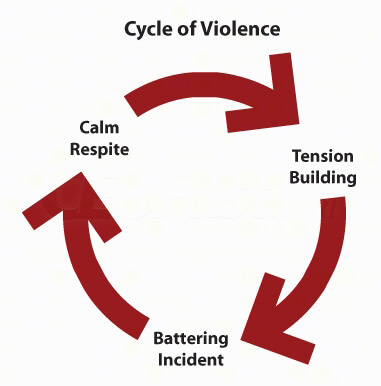The U.S. Preventive Services Task Force recommends that healthcare providers, including nurses and advanced practice nurses, screen all women of childbearing age for intimate partner violence, including physical, sexual, psychological, and economic abuse. Importantly, this recommendation applies to all women, not just high-risk groups or women presenting with signs and symptoms of abuse (KBN, 2021).
Implementing this recommendation has been challenging because healthcare workers often forget to screen women without signs of abuse. In addition, healthcare workers often underestimate the prevalence of abuse and lack the appropriate education on the topic. The U.S. Department of Health and Human Services required that screening and treatment for domestic violence be covered by insurance at no cost to address these barriers (KBN, 2021). Furthermore, states like Kentucky have thus enacted legislation that requires specific domestic violence education to be licensed as a healthcare provider (KBN, 2021).
All individuals with evidence of trauma need to be questioned directly about the potential for domestic abuse using a structured, non-judgmental, confidential interview conducted in privacy and safety.
Victims of domestic violence often present in healthcare settings with physical injuries such as bruises, cuts, black eyes, concussions, and broken bones. They may also present with damaged joints, partial hearing or vision loss, or scars from knife wounds, bites, or burns. The typical injury pattern includes minor lacerations or bruises to the abdomen, breast, neck, and face. Accidental injuries occur on the periphery of the body, compared with abusive injuries, which occur more centrally (Taft, 2016).
Due to the complex relationship dynamics between the abuser and victim, healthcare workers can feel uncertain about screening. It is important to use a proper screening tool to help the clinician navigate the complex relationship and maintain awareness of the signs and symptoms of abuse. Screening should occur in any healthcare settings where a victim may come in contact with a healthcare profession, including but not limited to pediatric care, obstetric and gynecologic care, psychiatric care, emergency services, or primary care.
Healthcare providers can help by screening for domestic violence, documenting abuse in the medical record, safeguarding evidence, providing medical advice, referrals, safety planning, and showing empathy and compassion. Victims of domestic violence/intimate partner violence may not discuss the violence unless asked directly (Decapua, 2017). However, many victims of domestic violence/intimate partner violence will talk about the abuse if they are asked in a direct, caring, and non-judgmental manner (Decapua, 2017).








